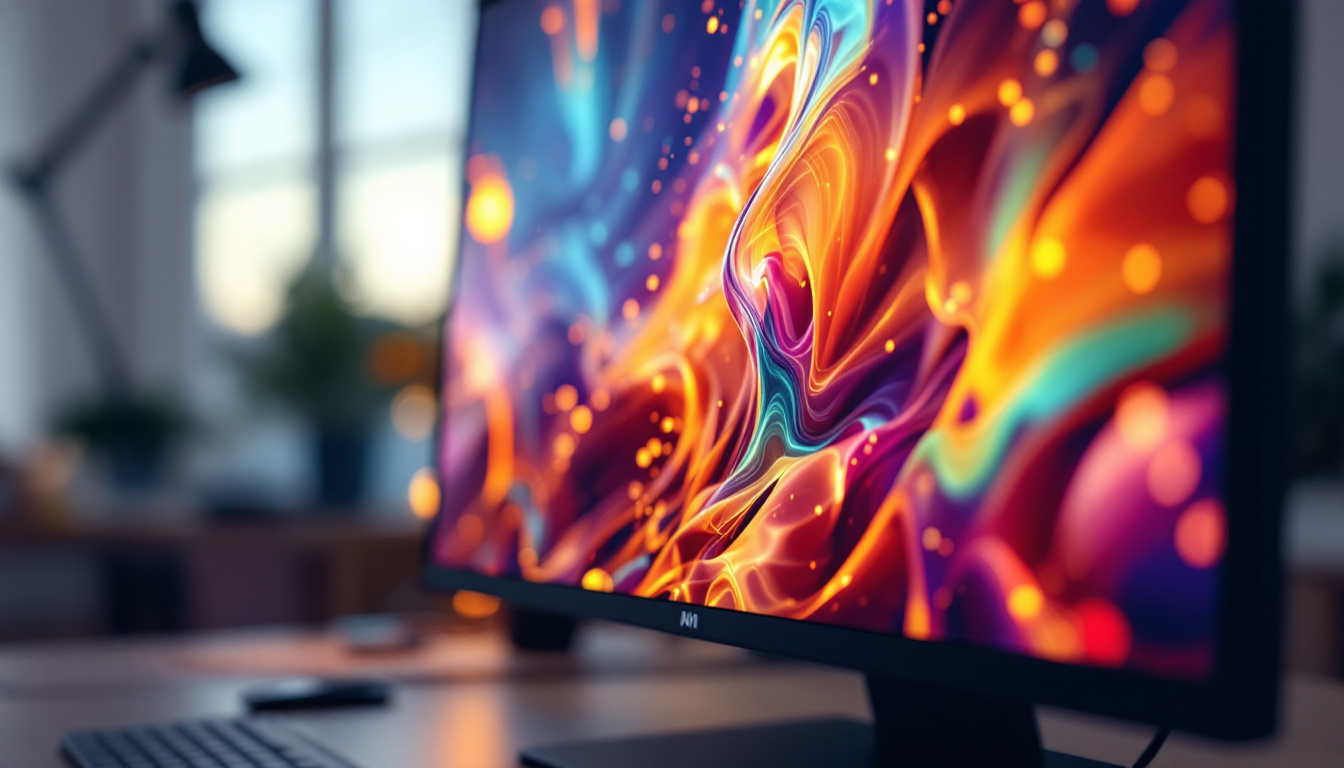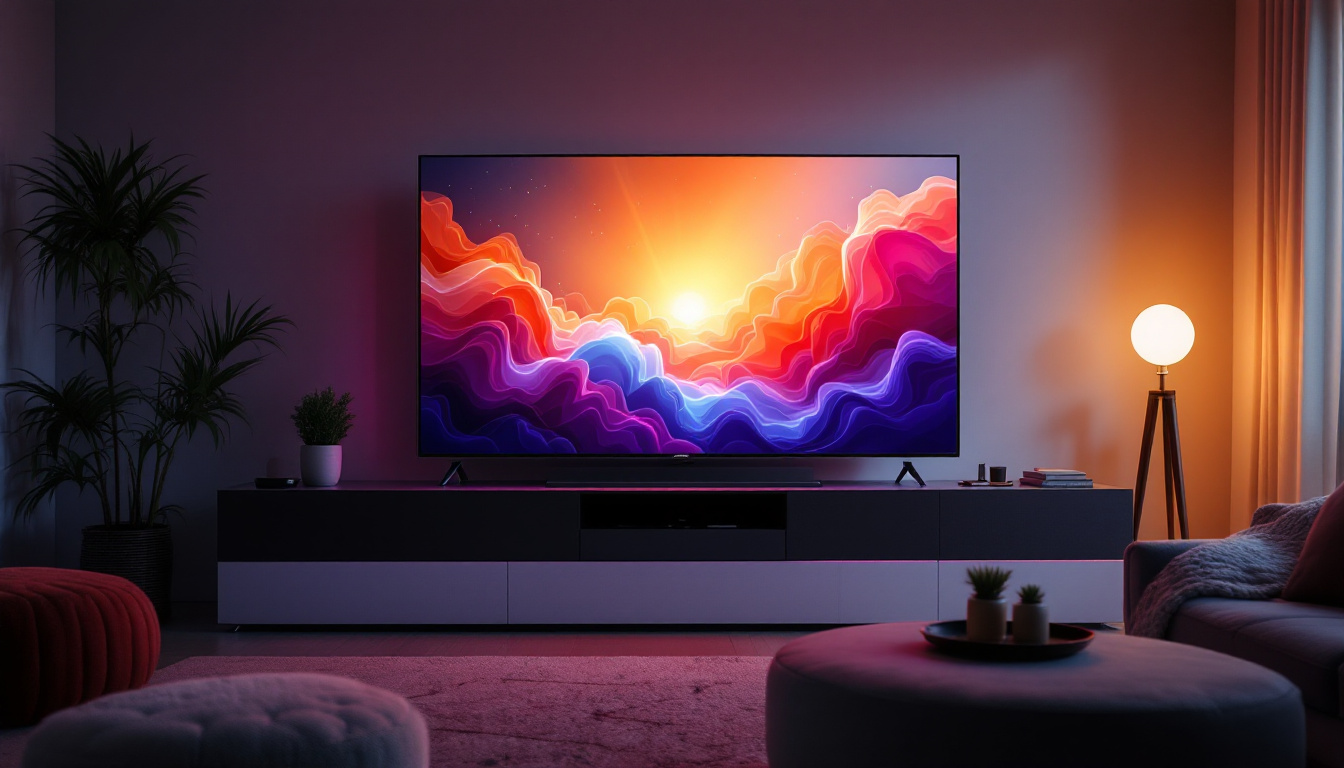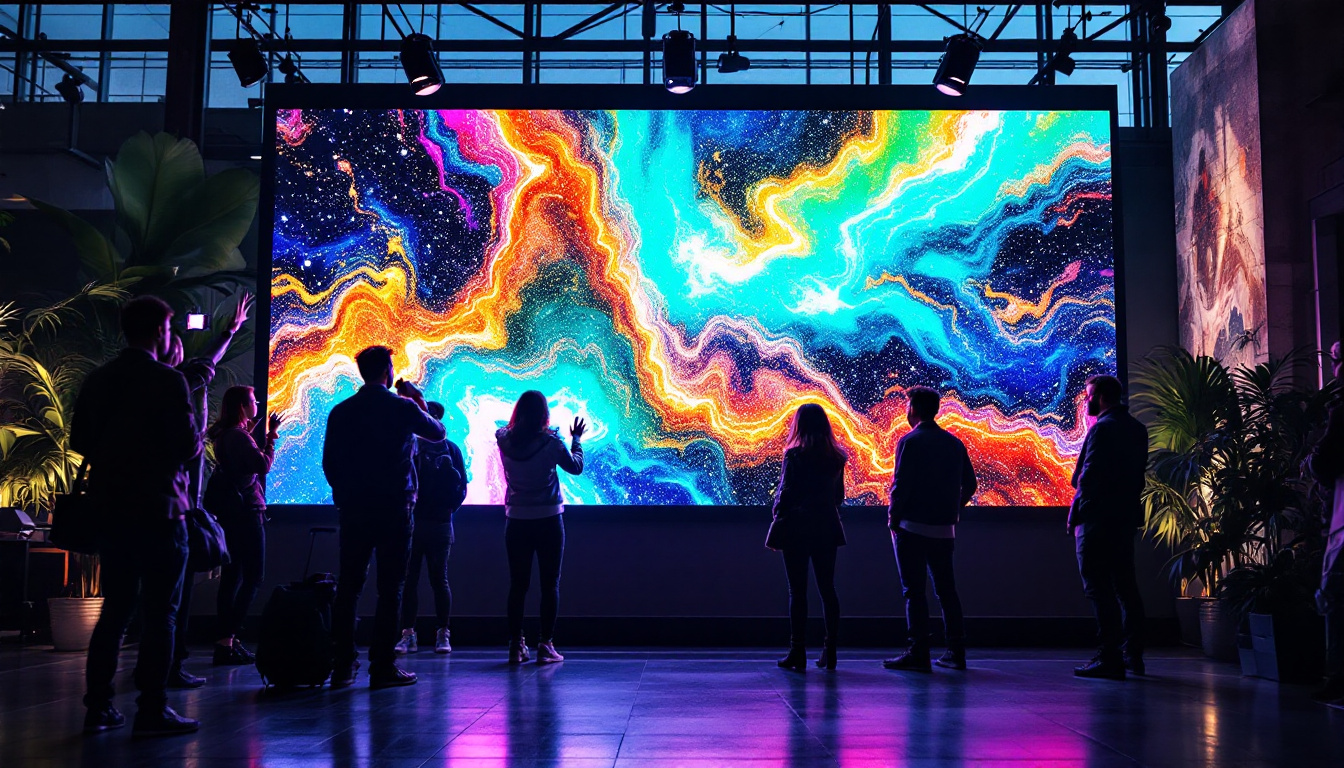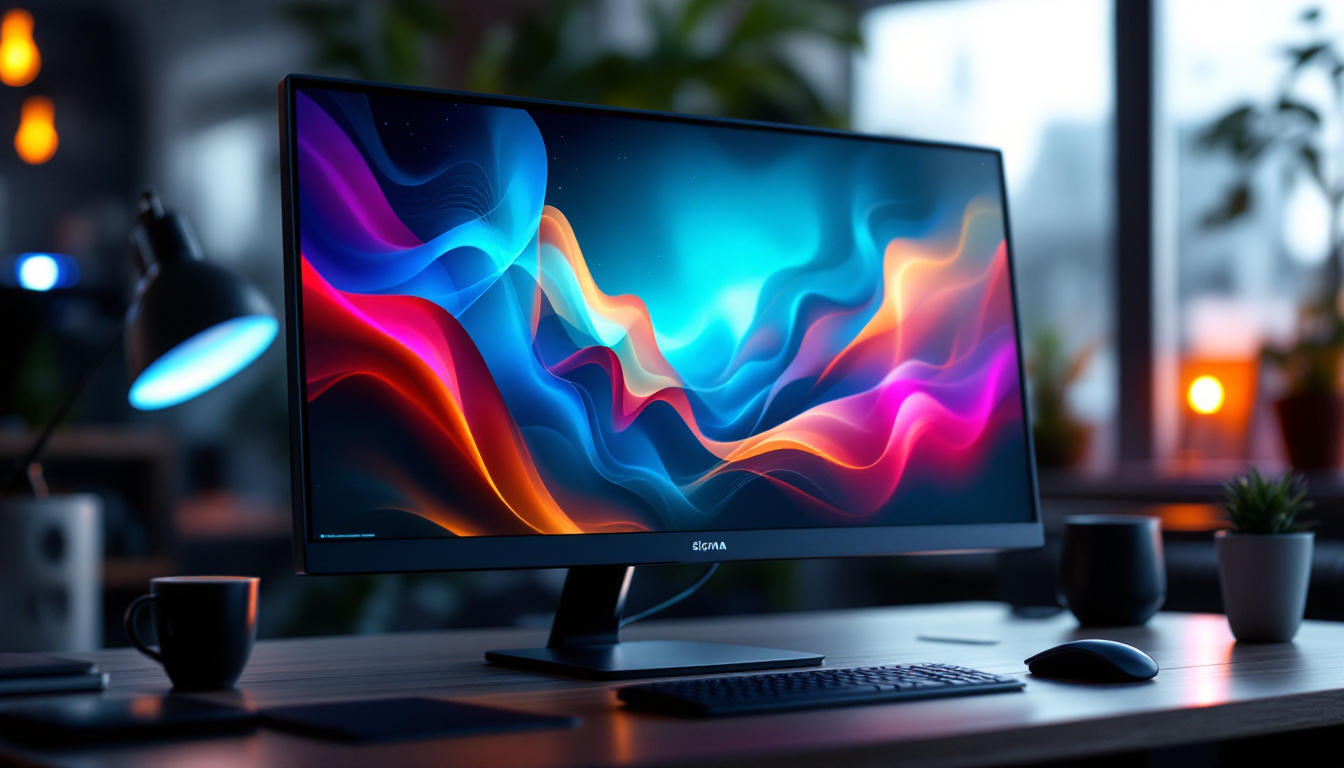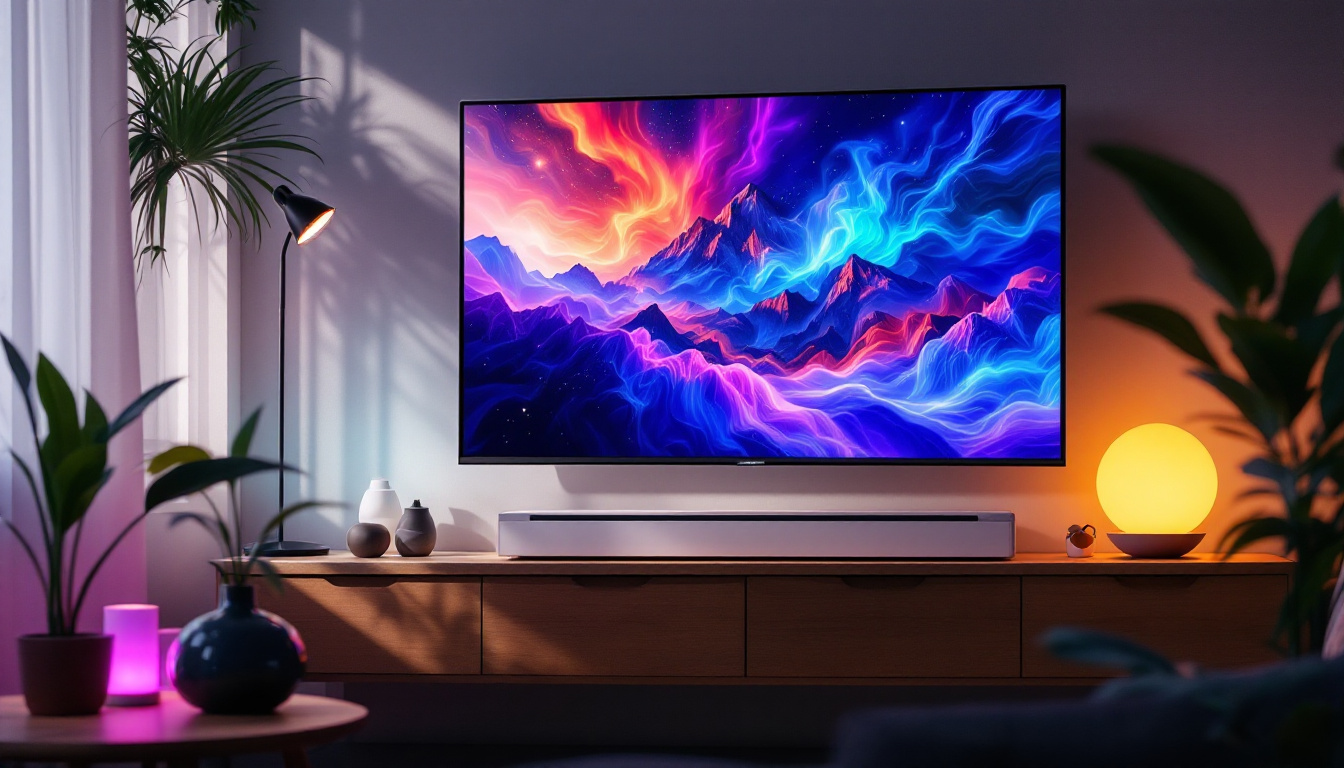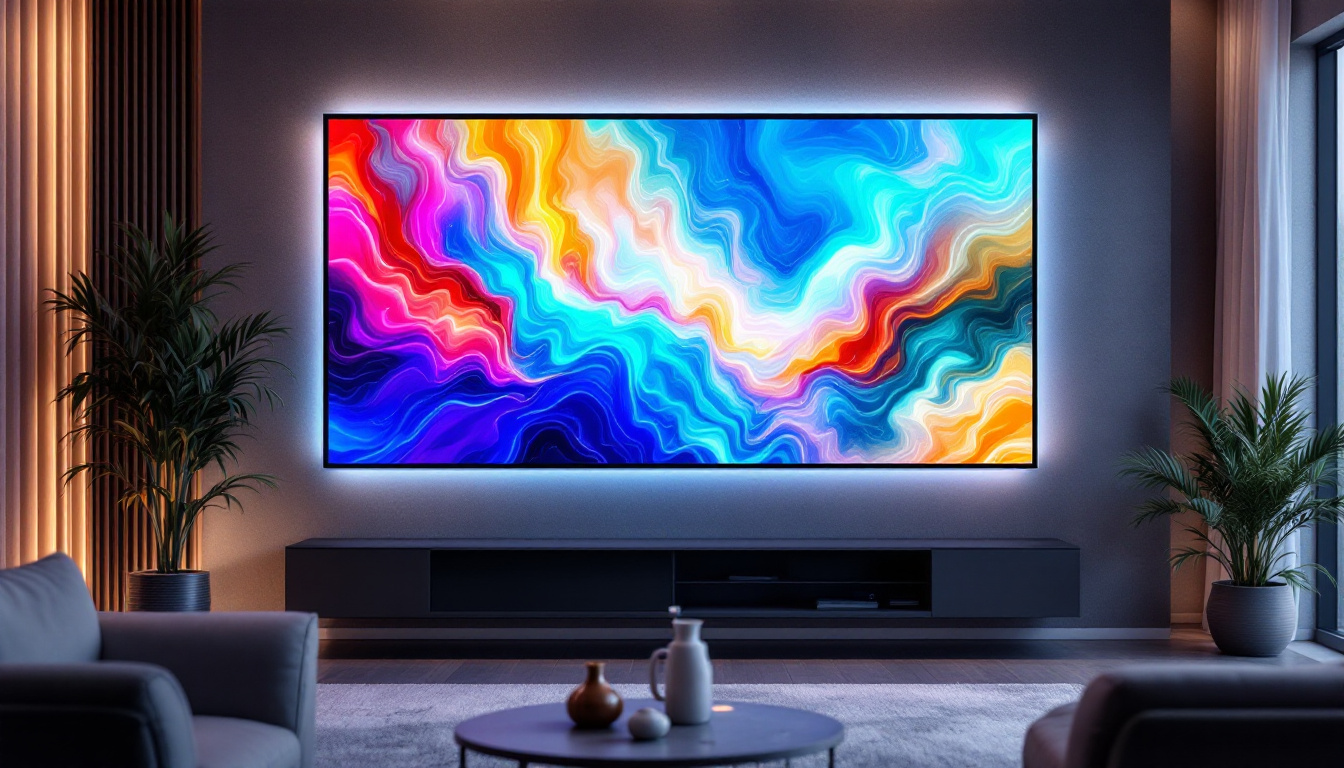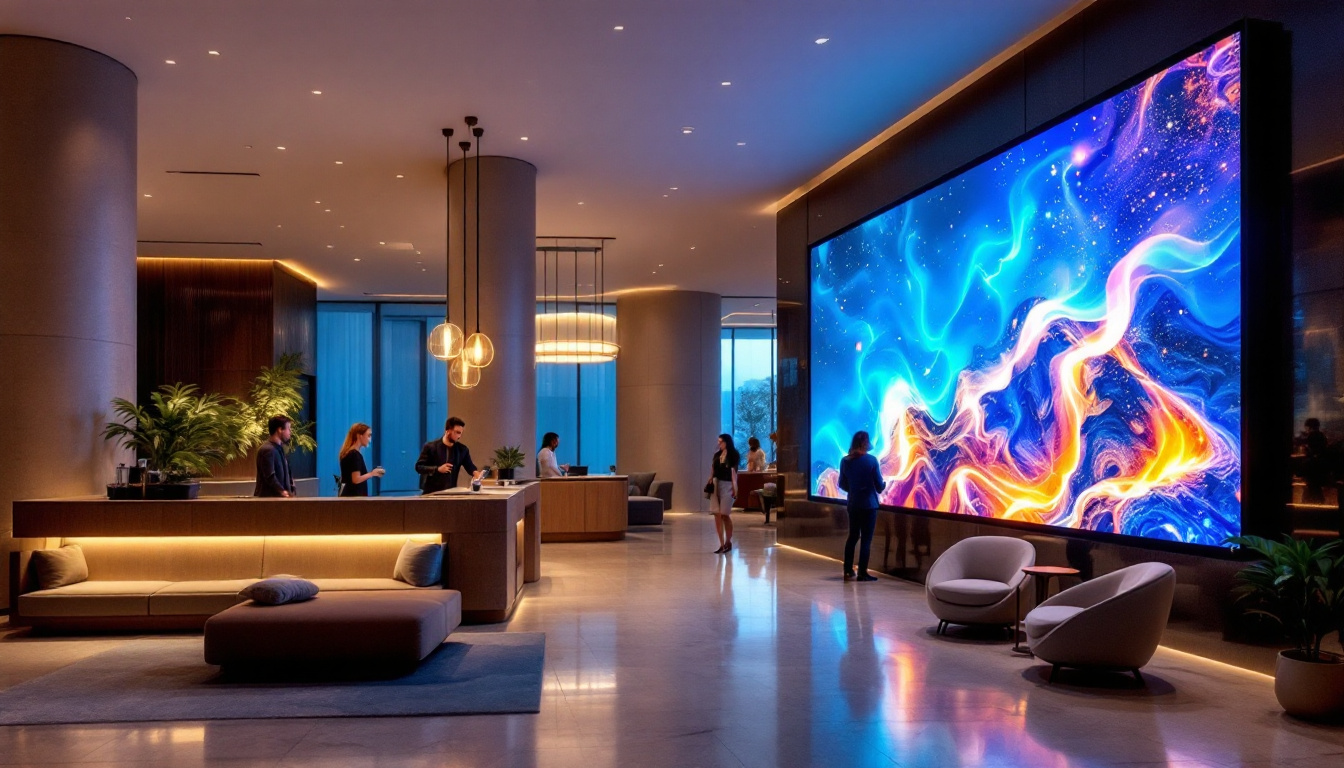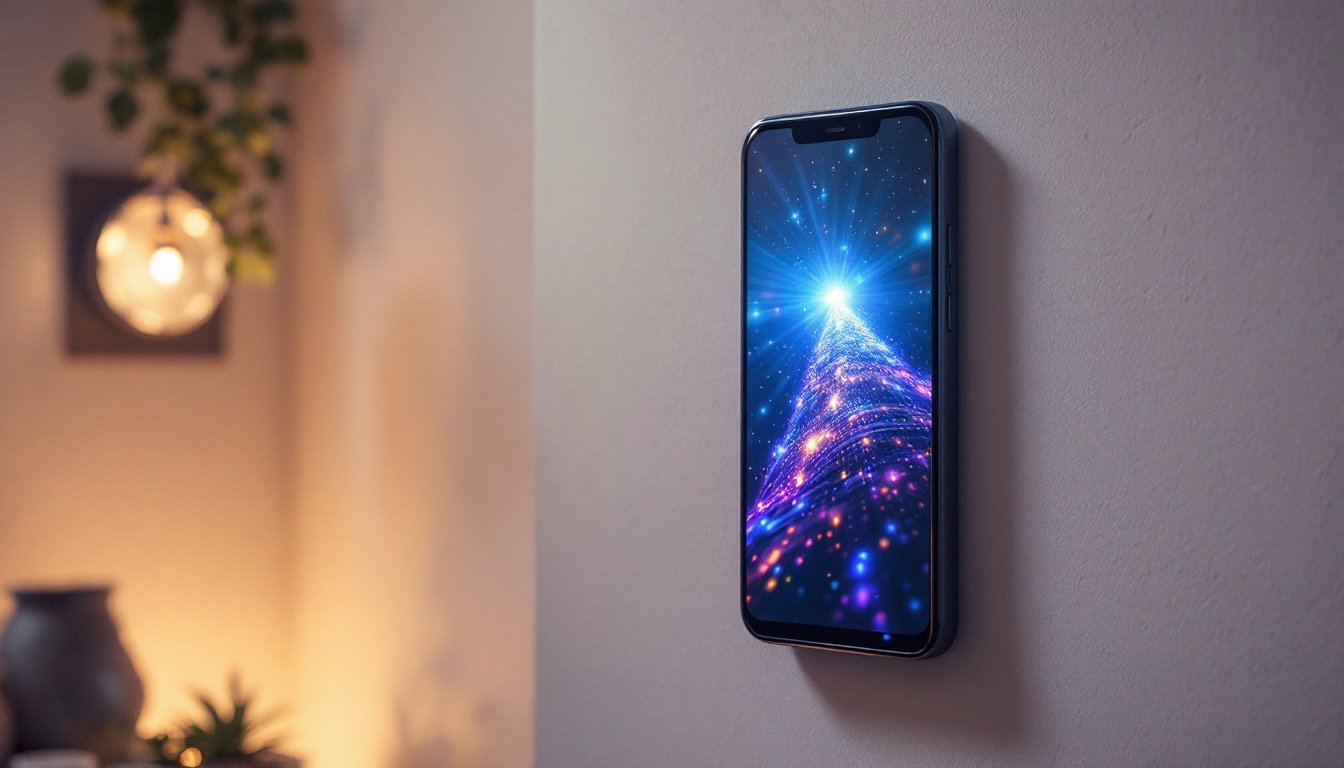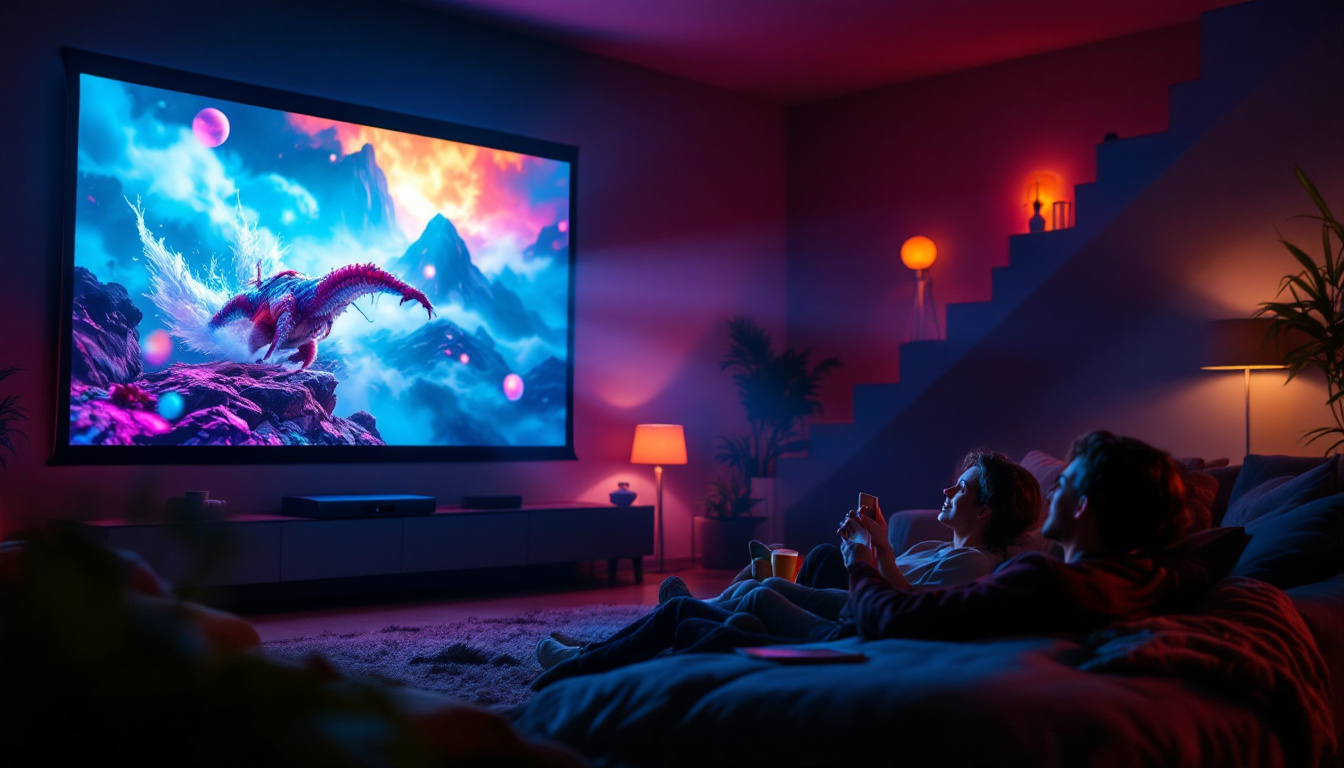Monitors With DisplayPort 1.4: LED Display Explained
In the ever-evolving world of display technology, the introduction of DisplayPort 1.4 has significantly impacted how users interact with monitors. This advanced interface not only enhances visual performance but also supports a variety of features that cater to modern multimedia needs. This article delves into the intricacies of DisplayPort 1.4, its advantages, and how it influences LED displays.
Understanding DisplayPort 1.4
DisplayPort 1.4 is a digital display interface developed by the Video Electronics Standards Association (VESA). It was introduced in 2016 as an upgrade to its predecessor, DisplayPort 1.3. The key enhancements in DisplayPort 1.4 focus on bandwidth, resolution, and overall performance, making it a preferred choice for high-end monitors.
Key Features of DisplayPort 1.4
One of the standout features of DisplayPort 1.4 is its impressive bandwidth capacity of up to 32.4 Gbps. This increased bandwidth allows for higher resolutions and refresh rates, making it ideal for gamers and professionals who require sharp, clear images. Additionally, DisplayPort 1.4 supports resolutions up to 8K at 60Hz, which is a significant leap forward in visual fidelity. This capability not only enhances the gaming experience but also benefits content creators who work with high-resolution video and graphics, allowing them to edit and view their projects in stunning detail.
Another notable feature is the support for High Dynamic Range (HDR). HDR technology enhances the contrast and color accuracy of images, providing a more immersive viewing experience. With DisplayPort 1.4, users can enjoy HDR content without compromising on performance or quality. This is particularly advantageous for those who consume media, as HDR brings out the subtleties in shadows and highlights, making scenes look more lifelike. Furthermore, DisplayPort 1.4 also supports Display Stream Compression (DSC), which allows for the transmission of high-resolution content without loss of quality, making it easier to achieve 8K resolutions even on lower bandwidth connections.
Adaptive Sync Technology
Adaptive Sync technology is another critical aspect of DisplayPort 1.4. This feature synchronizes the refresh rate of the monitor with the frame rate of the graphics card, reducing screen tearing and stuttering during gameplay. This is particularly beneficial for gamers who demand smooth, fluid visuals in fast-paced environments. By eliminating these visual artifacts, Adaptive Sync enhances the overall gaming experience, allowing players to focus on their performance rather than being distracted by technical issues.
Moreover, Adaptive Sync is not limited to gaming; it can also improve the experience for video playback and graphic design. For instance, video editors can benefit from smoother playback of high frame rate footage, while graphic designers can enjoy a more accurate representation of their work. This versatility makes DisplayPort 1.4 a valuable asset across various applications, from casual media consumption to professional creative workflows. As technology continues to evolve, the importance of such features will only increase, solidifying DisplayPort 1.4’s role in the future of display interfaces.
The Impact of DisplayPort 1.4 on LED Displays
LED displays have become increasingly popular due to their vibrant colors and energy efficiency. The integration of DisplayPort 1.4 into LED monitors has further enhanced their capabilities, offering users a superior viewing experience.
Enhanced Color Accuracy
With DisplayPort 1.4, LED displays can achieve a wider color gamut, allowing for more accurate color reproduction. This is especially important for graphic designers, photographers, and videographers who rely on precise color representation in their work. The ability to display a broader range of colors ensures that the images viewed on the screen are true to life. Furthermore, the support for High Dynamic Range (HDR) content through DisplayPort 1.4 means that users can experience deeper blacks and brighter whites, enhancing the overall visual quality. This capability is particularly beneficial when working with HDR video content, as it allows creators to see their work in the way it was intended to be viewed, making color grading and editing more effective.
Higher Refresh Rates
Another significant advantage of DisplayPort 1.4 is its ability to support higher refresh rates. Many modern LED monitors equipped with DisplayPort 1.4 can achieve refresh rates of 144Hz or even higher. This is particularly advantageous for gamers, as it allows for smoother gameplay and a more responsive experience. Higher refresh rates also reduce motion blur, making fast-moving scenes appear clearer. Additionally, the increased bandwidth provided by DisplayPort 1.4 facilitates the use of advanced gaming technologies such as Variable Refresh Rate (VRR) and Adaptive Sync, which help to eliminate screen tearing and stuttering during intense gaming sessions. This ensures that gamers not only enjoy a visually stunning experience but also maintain a competitive edge in fast-paced environments.
Choosing the Right Monitor with DisplayPort 1.4
When selecting a monitor with DisplayPort 1.4, several factors should be considered to ensure that it meets the user’s specific needs. Understanding these factors can help in making an informed decision.
Resolution and Size
Monitors come in various resolutions, including Full HD (1920×1080), Quad HD (2560×1440), and 4K (3840×2160). Users should consider their primary use case when choosing a resolution. For gaming, a 1440p resolution with a high refresh rate may be ideal, while professionals in graphic design may prefer a 4K display for its detail.
The size of the monitor also plays a crucial role in the overall experience. Larger screens provide a more immersive experience, especially for gaming and multimedia consumption. However, users should ensure that their workspace can accommodate the monitor’s size. Additionally, the distance from which the user will be viewing the monitor is important; larger displays may require more space to avoid eye strain, while smaller monitors can be placed closer for detailed work.
Panel Technology
Different panel technologies, such as IPS, TN, and VA, offer varying advantages and disadvantages. IPS panels are known for their excellent color accuracy and viewing angles, making them a popular choice for creative professionals. TN panels, on the other hand, typically offer faster response times, which can be beneficial for competitive gaming. VA panels provide deeper blacks and better contrast ratios, making them suitable for watching movies.
Moreover, the choice of panel technology can also influence the overall longevity and performance of the monitor. For instance, IPS panels tend to have a longer lifespan and better color consistency over time, which is crucial for tasks that require precision, such as photo editing or video production. Conversely, TN panels, while often more affordable, may suffer from color shifting when viewed from different angles, which could be a drawback for collaborative work environments. Understanding these nuances can greatly enhance the user experience and ensure that the monitor aligns with their specific requirements.
Future-Proofing with DisplayPort 1.4
Investing in a monitor with DisplayPort 1.4 is a strategic decision for future-proofing. As technology continues to advance, having a monitor that supports the latest standards ensures compatibility with upcoming devices and content. This forward-thinking approach not only enhances your current setup but also safeguards your investment against rapid technological obsolescence.
Compatibility with Newer Graphics Cards
Many of the latest graphics cards from leading manufacturers are designed to take full advantage of DisplayPort 1.4’s capabilities. This means that users who upgrade their graphics hardware can benefit from the enhanced performance offered by DisplayPort 1.4 without needing to replace their monitors. With support for higher refresh rates and resolutions, gamers and professionals alike can experience smoother visuals and improved responsiveness, making it an ideal choice for both competitive gaming and demanding creative tasks.
Support for Upcoming Technologies
As the demand for higher resolutions and better visual experiences grows, DisplayPort 1.4 is well-positioned to support emerging technologies. Features like 8K gaming and advanced HDR content are becoming more prevalent, and having a monitor that can handle these advancements is crucial for users who want to stay ahead of the curve. Furthermore, DisplayPort 1.4 also supports features such as Display Stream Compression (DSC), which allows for the transmission of high-resolution video without sacrificing quality. This means that even as content creators push the boundaries of visual fidelity, users can enjoy a seamless viewing experience without the need for constant hardware upgrades.
Enhanced Audio Capabilities
In addition to its impressive video capabilities, DisplayPort 1.4 also supports multi-channel audio, making it a versatile choice for users who require high-quality sound alongside their visual experience. This feature is particularly beneficial for gamers and multimedia enthusiasts who seek immersive audio environments. With the ability to transmit high-fidelity audio formats, including surround sound, users can create a more engaging and lifelike experience, whether they’re watching movies, playing games, or working on audio production.
Future Trends in Display Technology
Looking ahead, the landscape of display technology is evolving rapidly, with innovations such as mini-LED and OLED becoming more mainstream. These technologies promise to deliver richer colors and deeper blacks, enhancing the overall viewing experience. Monitors equipped with DisplayPort 1.4 will be well-equipped to leverage these advancements, ensuring that users can take full advantage of the latest display technologies as they become available. As the industry continues to push the envelope, having a monitor that supports these cutting-edge features will be essential for anyone looking to maximize their visual experience.
Conclusion
In summary, monitors equipped with DisplayPort 1.4 represent a significant advancement in display technology. With enhanced bandwidth, support for higher resolutions, and features like HDR and Adaptive Sync, these monitors cater to a wide range of users, from gamers to professionals. Understanding the benefits and capabilities of DisplayPort 1.4 can help consumers make informed decisions when selecting their next monitor.
As technology continues to evolve, the importance of having a monitor that can keep pace with advancements cannot be overstated. DisplayPort 1.4 not only enhances the visual experience but also ensures compatibility with future technologies, making it a wise investment for anyone looking to upgrade their display setup.
Ultimately, whether for gaming, creative work, or general use, a monitor with DisplayPort 1.4 offers a compelling combination of performance and versatility that meets the demands of today’s multimedia landscape.
Discover the Future of Visual Experience with LumenMatrix
Ready to elevate your visual experience with the latest in LED display technology? LumenMatrix is at the forefront of innovation, offering a diverse range of LED display solutions that cater to your every need. From immersive Indoor LED Wall Displays to dynamic Outdoor LED Wall Displays, and from versatile Vehicle LED Displays to engaging LED Sports Displays, LumenMatrix has it all. Embrace the future of digital signage with our Custom LED Displays, All-in-One LED Displays, and revolutionary LED Transparent Displays. Don’t just share your message—make it resonate with impact and clarity. Check out LumenMatrix LED Display Solutions today and transform your space into a captivating visual journey.

